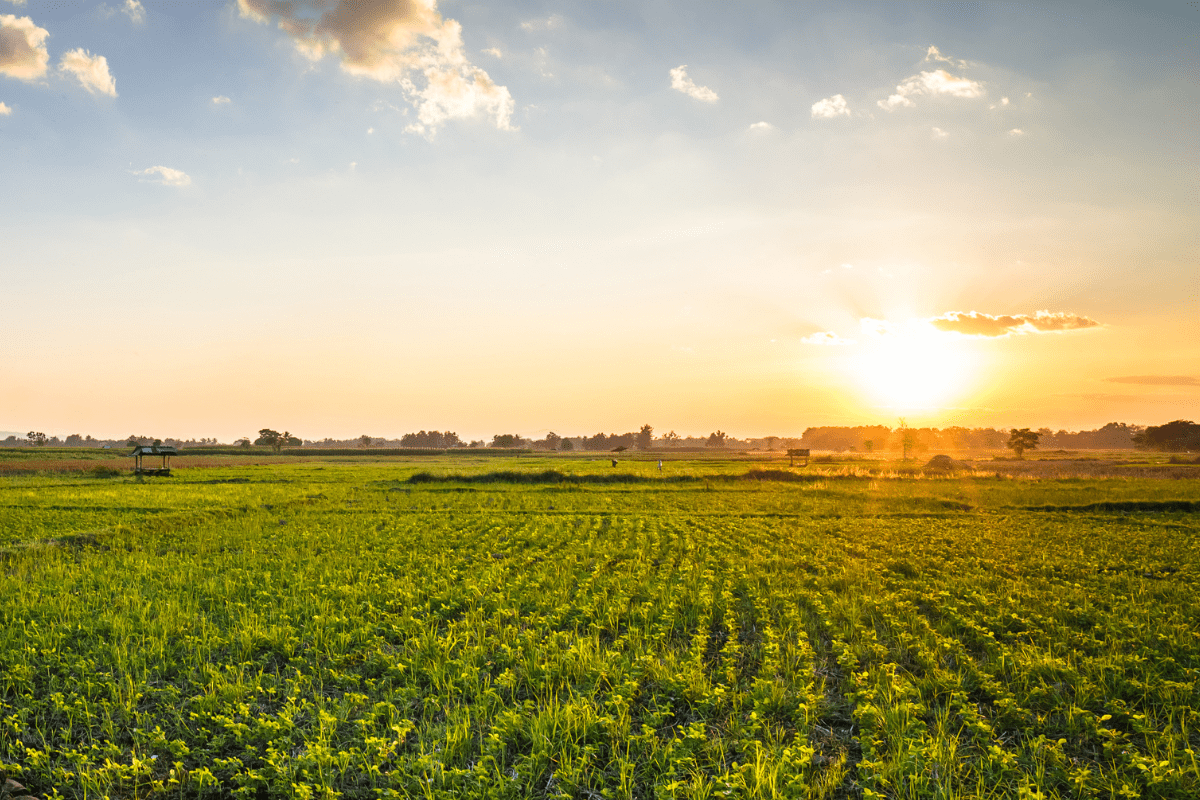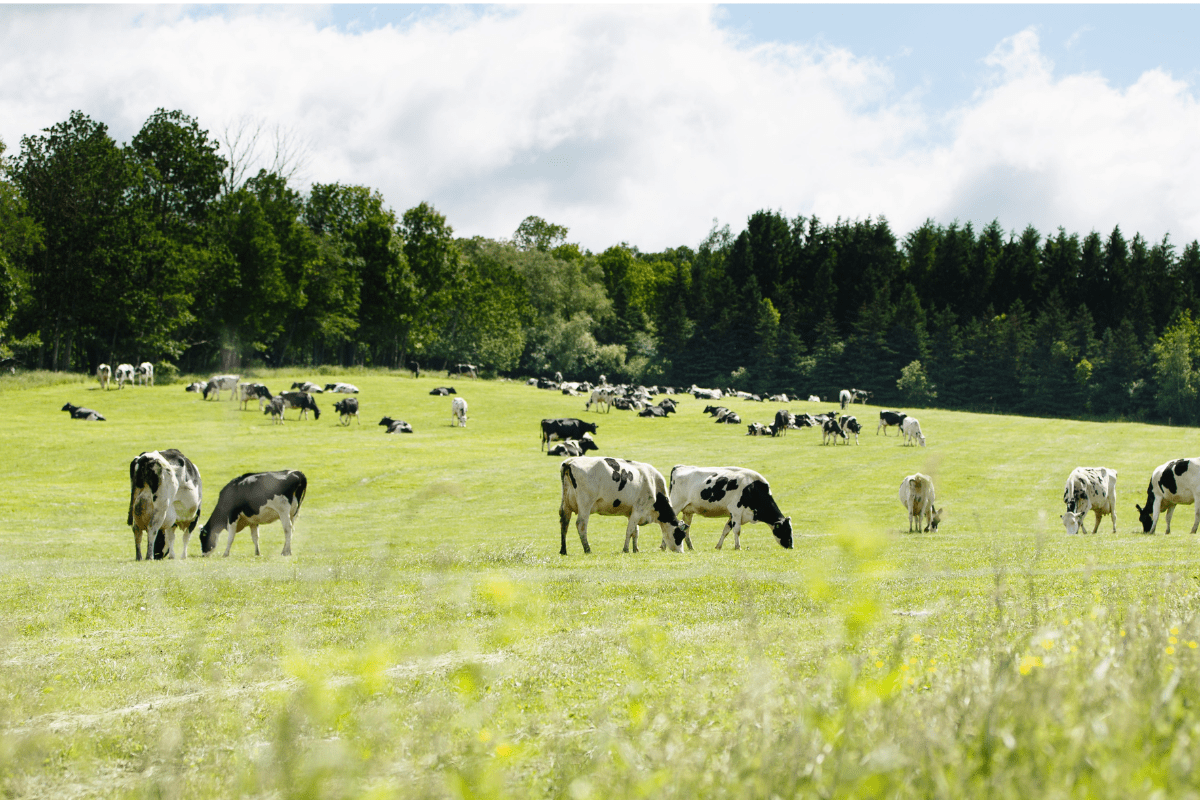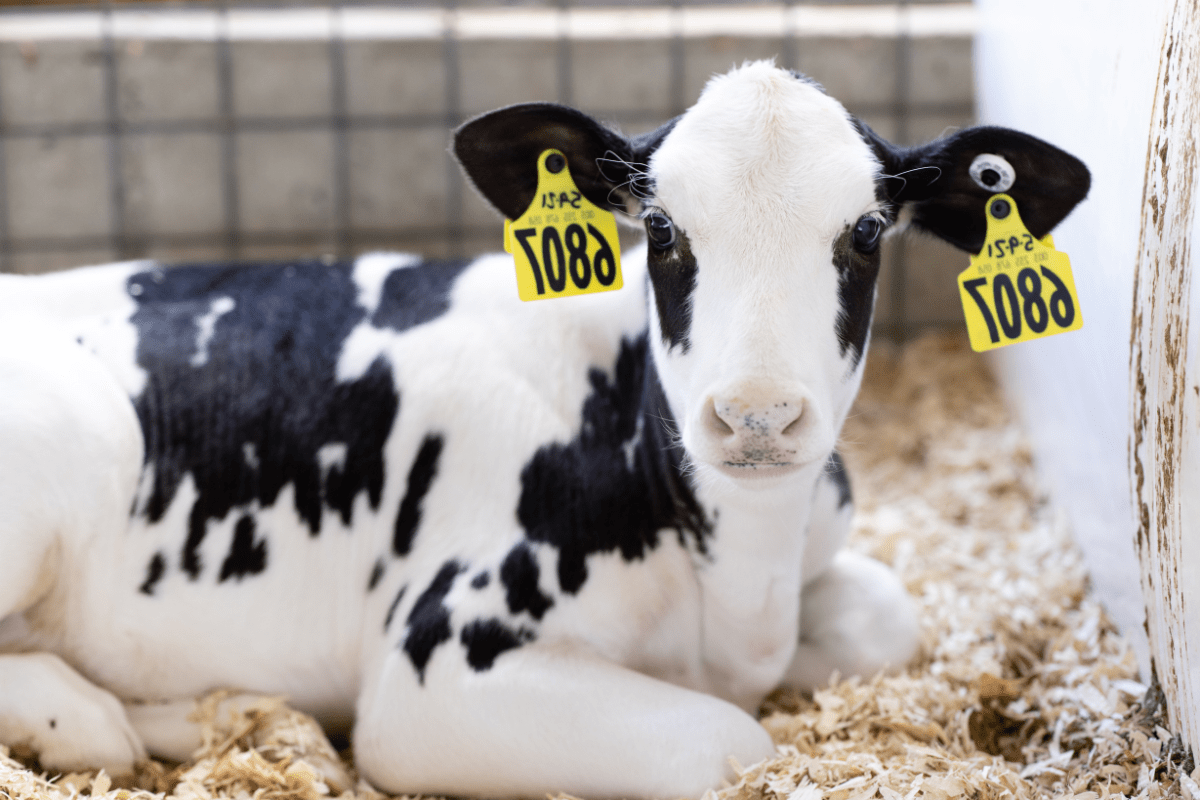Earth Day is a great time to remind ourselves of the importance of conserving our natural resources. For many dairy farmers, conservation is a key element of overall farm sustainability. They rely on the land and water to farm and care for their animals. Stewardship, then, is good for both the environment and for the farm.
Helping the Planet by Protecting the Soil
Healthy soil isn’t just good for growing crops—it’s also great for the environment, for many reasons. People are really interested in how soil can soak up carbon and help fight climate change.
Some on-farm practices used by farmers to protect soil health, like planting cover crops or no-till, are designed to make soil richer in organic matter and make it more porous. This means less water runs off when it rains, and there’s less soil washing away.
That’s good news! Less erosion means improved yield from the fields—and more and higher quality feed for cows.
Keeping the Earth Covered
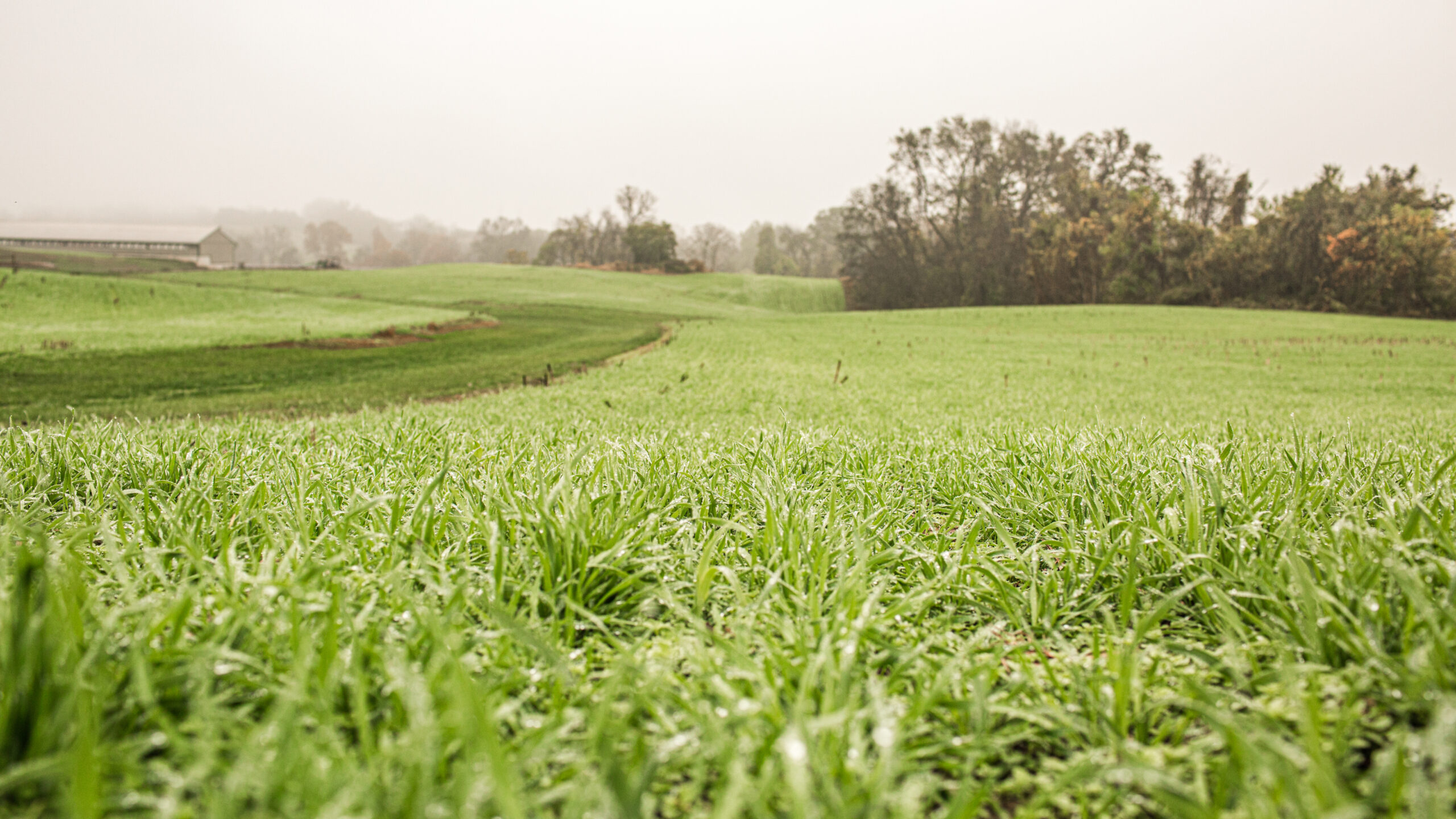
Farmers have lots of options for improving soil health. Instead of intensively tilling the land and leaving the soil bare, many farmers try to disturb the soil as little as possible during the planting season. They might also keep their fields covered with plants all year long. When not growing crops that are used to feed cows, farmers may grow a mixture of plants called cover crops.
These methods help in several ways. First off, soil that’s covered with plants and organic material is less likely to be washed or blown away by wind and rain. The roots of plants go deep into the soil, which loosens it up and makes it better at holding onto water and nutrients instead of letting them wash away. Plus, having lots of different plants around helps all sorts of tiny creatures live in the soil, like fungi, worms, and bugs. A healthy soil ecosystem can even attract insects that eat the pests that would normally damage crops. By taking care of their soil, dairy farmers are helping to keep nature in balance.
A Sustainable Farm is an Efficient Farm

Farmers know that for a dairy farm to keep going strong, it has to be financially stable. So, they do things that are good for the environment and have economic benefits.
When farmers take care of their soil, it’s a win-win. For instance, keeping the soil healthy means that when there’s a big storm, more soil and important nutrients stay put instead of washing away. Healthy soil also means more high-quality feed for cows, so the farmer doesn’t have to spend as much money buying extra feed. And because the soil holds onto its nutrients well, the farmer doesn’t have to spend as much on fertilizer that has to be shipped from far away. It’s good for the planet and good for the farm’s bottom line.
Turning Waste into Resources
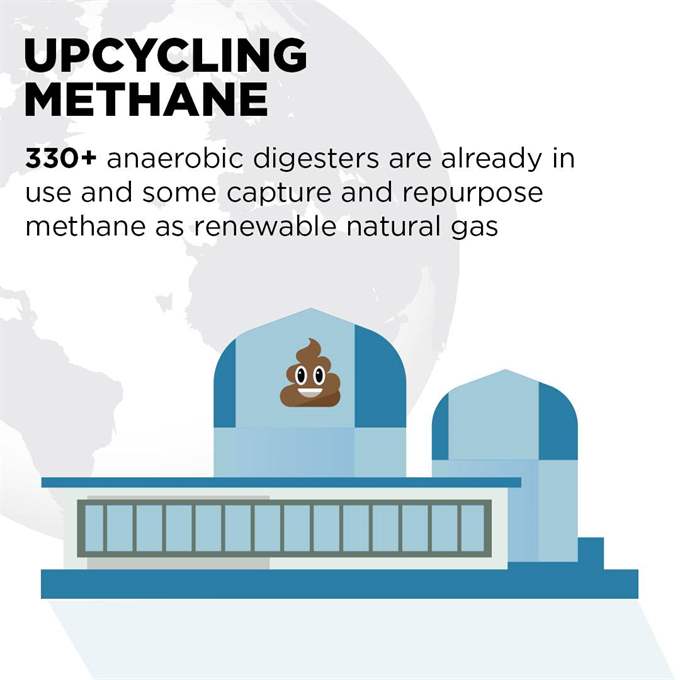
Courtesy: Dairy Management Inc.
The U.S. Environmental Protection Agency estimates that food waste comprises 22% of what’s in our landfills. When landfilled, food waste is converted to methane—a potent greenhouse gas that contributes to climate change.
Some dairy farms are turning that “trash” to “treasure.” For example, some leftover food from stores and processors can be fed to cows. Other farms add food waste to their on-site anaerobic digesters, which turn food waste into energy and fertilizer for crops.
In conclusion, dairy farmers stand as environmental stewards, recognizing the vital importance of conserving natural resources on their farms. Their commitment to stewardship not only benefits the environment but also ensures the sustainability of their operations. By implementing practices such as soil conservation and repurposing food waste, they demonstrate their dedication to both the planet and their livelihoods.
As we celebrate Earth Day, let us acknowledge and appreciate the integral role dairy farmers play in nurturing our environment and fostering a sustainable future for all.


